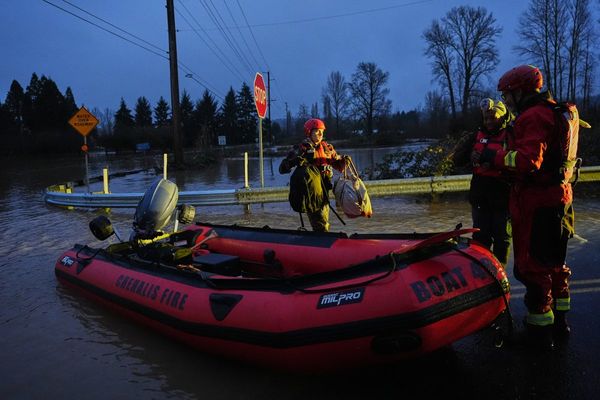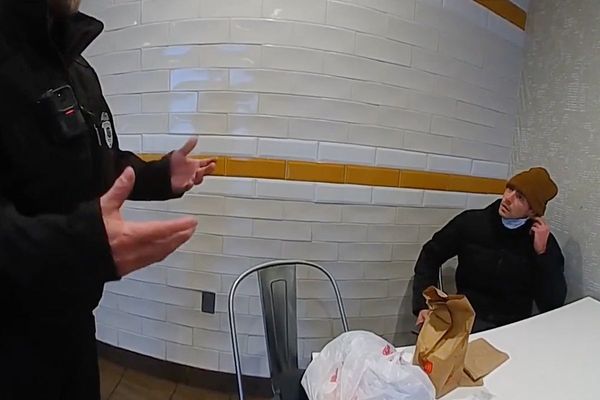A catastrophic earthquake rocked the Caribbean in the late 14th century and triggered a tsunami, according to a new study of coral skeletons, which could help prepare for such future disasters in the region.
The research published in the journal Geophysical Research Letters found that an earthquake exceeding magnitude 8.0 shook the northeastern Caribbean between 1381 and 1391 and sent a tsunami barreling toward the north of the British Virgin Islands.
“A tsunami flooded islands in the northern Lesser Antilles during the last centuries before Columbus,” scientists, including those from the University of Washington, wrote in the study.
“It is the only known example of a tsunami caused by faulting in the Puerto Rico Trench,” they said.
Researchers found coral skeletons from the period scattered hundreds of meters inland on the island of Anegada.
Flooding triggered by the tsunami likely scattered these coral skeletons, according to scientists, who traced the quake’s epicentre to the nearby Puerto Rico Trench.
The study could help support ongoing efforts to prepare for future Caribbean tsunamis.
"If you're designing a school or a hospital near the coast, you want to know whether there's a chance that a very big earthquake could occur, and you want to design that building to withstand it," said Brian Atwater, an author of the study from the University of Washington.
Most of the British Virgin Islands are protected by a broad, shallow continental shelf, with waves losing energy as they roll across this expanse, decreasing the chances of a tsunami hitting Caribbean shores.
However, Anegada is different, researchers say.
Its seafloor tends to slope steeply toward the trench, making the island more hazard-prone, they say.
Since written records from the northeastern Caribbean go back five centuries, there has been no evidence so for a tsunami from the Puerto Rico Trench.
Scientists only began surveying the region after the Indian Ocean tsunami of 2004, which killed over a quarter of a million people.
The sudden disaster prompted officials to probe the Atlantic seaboard.
After years of work, they narrowed down to find signs of similar activity on Anegada.
The latest study presents a time frame for the medieval tsunami based on how old the coral was when it died.
This time frame was estimated based on measurements of uranium incorporated by coral skeletons from seawater, which decays to thorium.
“This radioactive decay enables dating of young coral skeletons to the nearest few years. Here we use this established dating method to bracket the time of the tsunami between the Common Era years 1381–1391,” scientists explained.
“The dating may aid in searching for accounts of corresponding flooding in the British Isles, and it can be applied to communicating tsunami hazards in the Caribbean,” they concluded.







